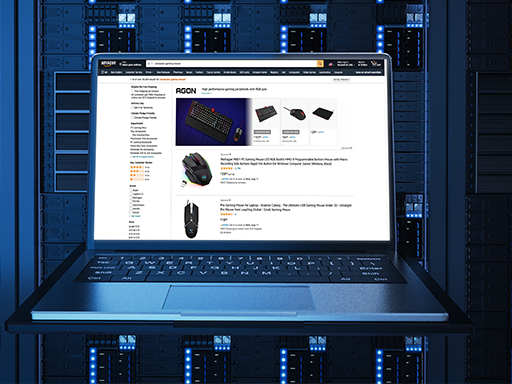Want to try running Amazon automatic targeting campaigns? Here’s everything you need to know to get started profitably running your campaigns, from where your ads can show, to how to set them up, bidding, maintenance, and more.
Let’s get started!

What are Amazon Automatic Campaigns?
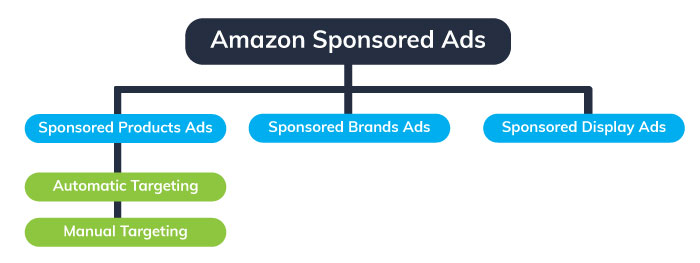
Sponsored ads on Amazon include three different types of ads: Sponsored Products, Sponsored Brands, and Display.
If you choose to run Sponsored Products, you can choose between manual targeting campaigns or automatic targeting campaigns. (Automatic targeting is not available for Sponsored Brands or Display.)
- Manual targeting campaigns let you set bids at the ad group level and keyword level.
- Automatic targeting campaigns only let you set bids at the ad group level, but they are easier to set up and can help your products serve for unique keywords.
In this blog, we will teach you how to set up automatic targeting campaigns. You can learn more about the difference between Automatic Target and Manual Targeting here.

Where are Automatic Targeting Campaigns eligible to serve?
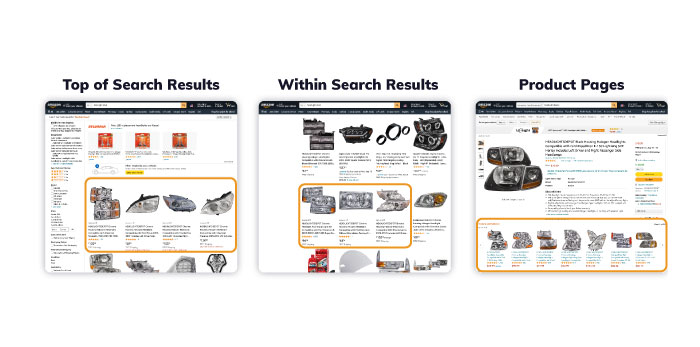
Automatic targeting campaigns can appear where ever Sponsored Products can appear. This includes within Amazon search results and on product pages.
- Search placements appear either at the top of search results or within search results. Amazon chooses which keywords to serve your ads for.
- Product page placements appear on product pages for similar products. Your product will appear below the feature product in a slider for suggested products or related products. Again, Amazon chooses which product pages your ads will appear on.
Unlike manual targeting campaigns, you cannot choose where your products appear. A product might serve on a highly-relevant, successful product or keyword—or it might not.
On the flip side, Amazon may help your products serve on new, unexpected keywords and product pages!

How to Build Campaigns with Automatic Targeting
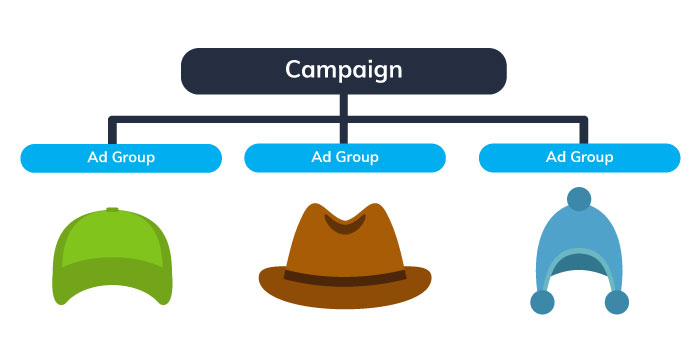
Compared to manual campaigns, automatic campaigns take less time to set up since you don’t need to do keyword research or research your competitors’ products. Whether you choose automatic or manual campaigns, you will still need to segment your campaigns—which still requires some setup time.
It’s best practice to segment your Amazon campaigns into a one product per ad group structure. With one product per ad group, you can easily direct spend to top performing products (and away from poor performers). This setup becomes more time-consuming the more products you sell.
If you don’t have the time to segment your products this way, narrower segments can still be successful—just make sure to pay attention to your top performing products and give them enough ad spend to be successful.
Check out our blog, 5 Tips to Build Your Amazon Campaigns for Success, for more tips for structuring both manual and automatic campaigns on Amazon.

Maintain Your Amazon Automatic Targeting Campaigns
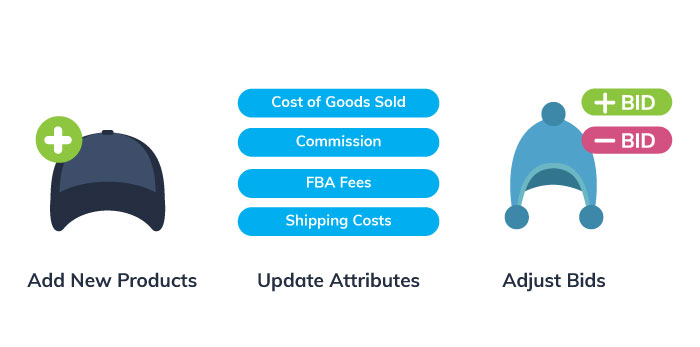
After you build your automatic targeting campaigns, it’s important to keep up with routine account maintenance. Many agencies and advertisers think “automatic” means you can just set up the campaigns and be done.
That simply isn’t the case. Checking up on your campaigns ensures they continue to run smoothly and produce profit. Here are a few tips.
#1 Promptly add new products to your automatic targeting campaigns
If a product isn’t added to your advertising, you can’t advertise it. By not adding products right away, you run the risk of losing sales. It may sound simple, but it can be easy to forget to include new products in your campaigns. Don’t skip this simple, but important maintenance task!
#2 Keep attributes up to date
Keep attributes up-to-date. For example, if you segment your campaigns according to costs, keep your costs current. Also, move products to the correct campaigns if their costs change.
Make sure the way you segment campaigns is still relevant to your goals and the products in each ad group. If your goals for your Amazon campaigns change, see how you can restructure your campaigns to realign with your new goals.
#3 Adjust your bids
Even though you can’t bid at the keyword level for automatic targeting campaigns, you can look for ad groups that are doing well. Then you can direct ad spend to those top-performing ad groups to help them grow. Likewise, you can limit spend to ad groups that aren’t performing well.
Staying up to date with these simple maintenance routines is the difference between management that pays attention to your campaigns and management that just sets up your campaigns and lets them run unattended. If your agency (or your company) isn’t frequently updating your Amazon campaigns, it might be time to make a change.

Bidding on Automatic Targeting Campaigns on Amazon
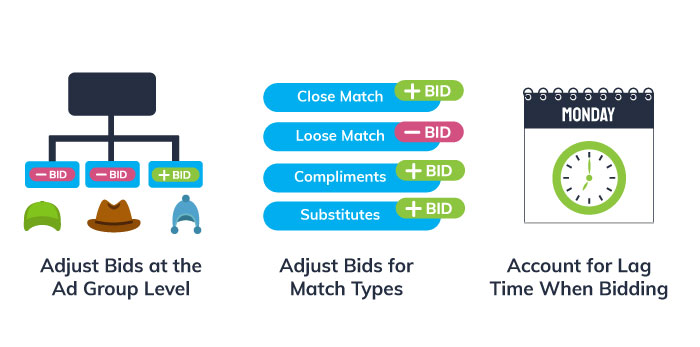
Adjust Bids at the Ad Group Level
Remember, you can’t adjust bids on the keyword level for automatic targeting campaigns—but you can adjust bids on the ad group level!
Keep track of which products are performing well and which are not. Then, you can segment top sellers into their own campaigns and increase bids for ad groups that bring you the most sales.
Adjust Bids for Amazon Match Types
Other than bidding at the ad group level, there’s one more trick you can use to gain control over your automatic targeting campaigns. You can actually adjust bids according to Amazon’s match types (also known as targeting types): close match, loose match, compliments, and substitutes.
For one account, we structured our ad groups around these different match types. We used this unique structure to help group our clients’ Amazon business. Learn how we set up this structure and how you can too in our white paper: Discovering a New Amazon Campaign Structure.
Account for Lag in Attribution
Finally, don’t forget about Amazon’s lag in attribution. Amazon data takes awhile to update—so if you run a sale, don’t expect to see the full breadth of results the next day. Give Amazon a few days to catch up. This lag time can make attribution tricky, but it’s important to keep this in mind when you look at your data.
For example, don’t look at data the day after a sale and decide to cut ad spend to a previously well performing ad group. You might not see the results you want simply because of the lag time.

Pull Insights From Amazon Automatic Campaigns
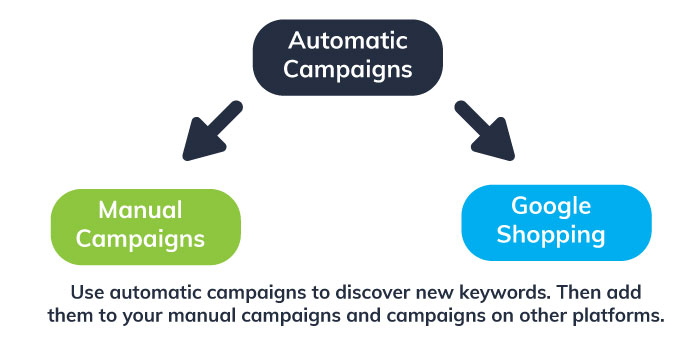
Apply Findings to Manual Targeting Campaigns
Automatic targeting campaigns can help you discover new keywords and product pages that are successful for your products. Even with great keyword research and competitor product research, there will always be great keywords that you miss. By using automatic targeting campaigns, your ads placements will be determined by signals available only to Amazon. This is a good way to see what keywords and products you can target in your manual campaigns.
Apply Findings to Google Shopping Campaigns
The same is true for Google Shopping campaigns. If you also sell your products via Google Shopping, you can use the keywords you find on Amazon and apply them to your Shopping campaigns. You can also use unsuccessful keywords and apply them to negative keywords lists! By combining insights across different channels, you can get an advantage your competitors may not have!
Learn more about using Amazon Data on Google (and vice versa) in this infographic.

Set Up Your Automatic Targeting Campaigns Today!
That’s the crash course on how to set up and successfully run automatic targeting campaigns on Amazon. We hope this blog helps you get started running automatic campaigns.
If you don’t think you have the time to manage your campaigns on Amazon, we get it. It can be a lot of work to make sure all your products are added, your bids are up-to-date, and so on.
If you need help, message us here. You can discuss your goals with an Omnitail analyst, and we’ll show you how we can help you grow your Amazon business!

